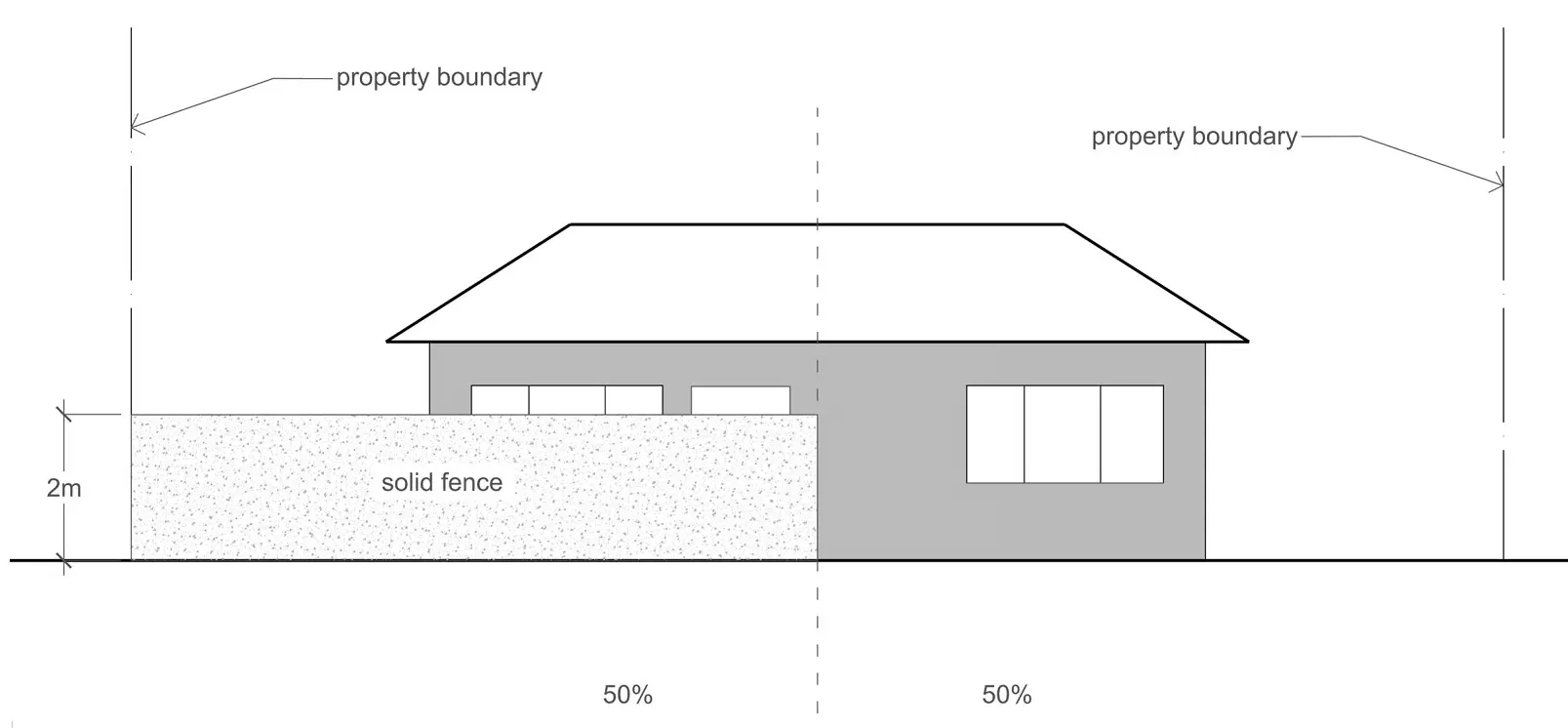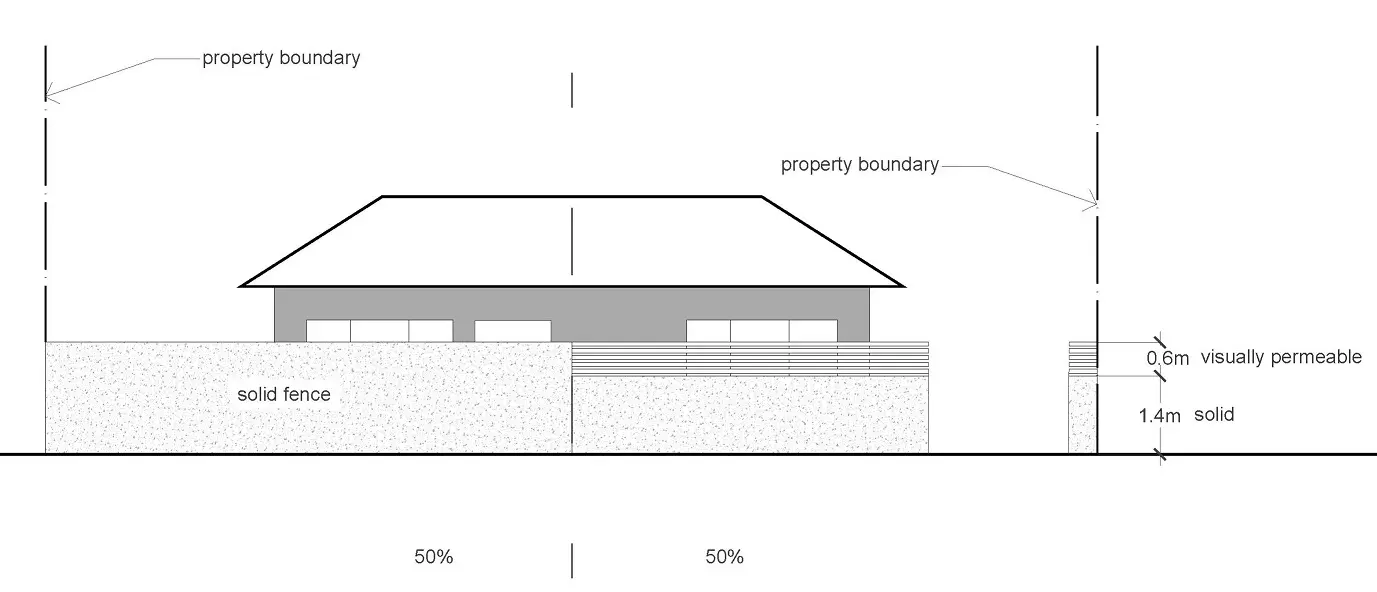If you are wanting to build a boundary fence it is best to plan carefully so that your fence adds to your property rather than detracting from it.
The Fencing Act 1978 sets out rights and responsibilities relating to fences between neighbouring properties. You can find out more from the Consumer NZ website.
Boundary fence disputes
The Council has no jurisdiction over disputes relating to boundary fences unless the fence is dangerous. Legal rights and obligations relating to fences are covered by the Fencing Act 1978.
If you have a dispute with a neighbour about a fence which you cannot resolve through negotiation (or by using fencing notices) you can take the matter to the Disputes Tribunal, the District Court or to a mediation service.
The only circumstances in which Council may be involved in fencing issues are when a fence requires a building consent or resource consent (this is also likely to require the written approval of the affected neighbour), or the fence is located on a boundary adjoining Council land.
Fences along boundaries with Council-owned land
If the fence you are wanting to build is a boundary fence between your property and Council-owned land such as a park or reserve (excluding roads), the Council will generally share the cost of this. Information about how to go about cost sharing with the Council is contained in this brochure: Sharing the Costs of Fencing a DCC Boundary.
Please contact the DCC Parks and Recreation team by phone 03 477 4000, or email dcc@dcc.govt.nz for more information prior to commencing any work.
Height and design restrictions for building a boundary fence
There are several things to check when thinking about building a boundary fence, and you may need to apply for resource consent.
- A permitted fence height is typically 2m on road and side boundaries (including within the boundary setback areas required by District Plan Rule 15.6.13).
- The exception to this is for sites in a residential heritage precinct. For side boundary fencing within a road boundary setback required by Rule 15.6.13, the maximum height is 1.4m as per the example below.
Figure 15.6.2.1A Side boundary fences in heritage precincts

- If the fence would be erected on top of a retaining wall, the height must be calculated as the combined height from ground level to the top of the fence.
- Fences along road boundaries or boundaries adjoining a reserve must be constructed to a length and/or height that maintains visual permeability for 50% of the length of the boundary measured at a height of 1.4m above ground level. Examples of compliant fences are shown in Figure 15.6.2.2A below.
Visual permeability is defined as "The ability to 'see-through'. Fences constructed using materials such as trellis, lattice, wrought iron, spaced palings (palings maximum width 150mm, spacing minimum width 25mm) or other materials that provide gaps that can be seen through, meet this requirement."
Visual permeability is not required if the fence is along the road boundary of a state highway, is required to screen service areas, or bounds a reserve that is not zoned Recreation or Residential.
Figure 15.6.2.2A Examples of fencing that meets Rule 15.6.2.2 Visual permeability


Building consent
You will need a building consent to build a fence or hoarding over 2.5m in height. The 2.5m height limit should be measured as the vertical distance between the top of the fence and the supporting ground directly below.
A fence must comply with the building code even if a building consent is not required. Most fence material retailers should be able to assist with standard residential fence design.
Please note, this guidance is focused on boundary fences. Fences to swimming pools require building consent.
